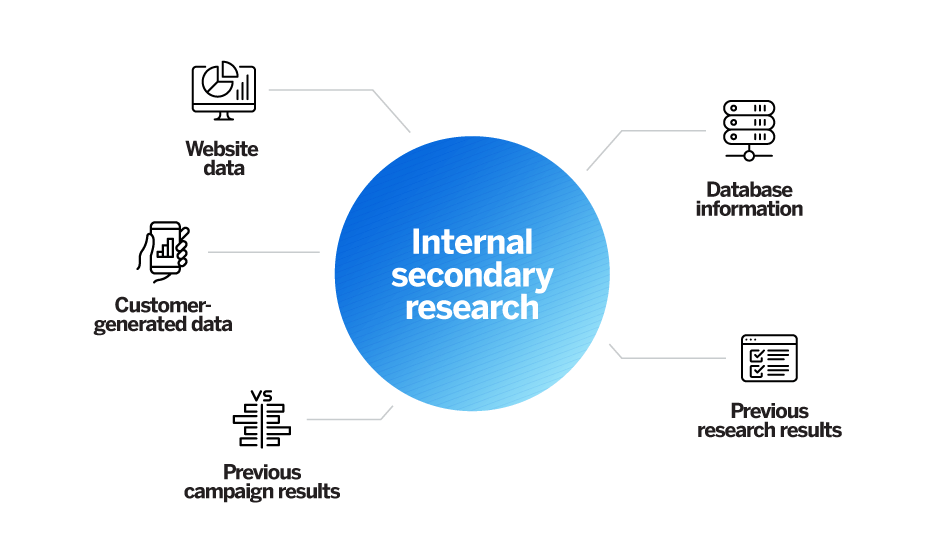One example of internal secondary data for marketing research is sales reports from past years. Internal secondary data includes any data that a company has already collected or generated in the course of its operations.
This data can provide valuable insights into customer behavior, sales trends, and marketing performance. By analyzing internal secondary data, companies can better understand their target market and make more informed decisions about their marketing strategies. We will explore the importance of internal secondary data in marketing research and how businesses can leverage this valuable resource to drive growth and success.

Credit: www.chegg.com

Credit: www.qualtrics.com
Frequently Asked Questions For Which Is An Example Of Internal Secondary Data For Marketing Research?
Which Is An Example Of Internal Secondary Data For Marketing Research Quizlet?
Sales reports, customer surveys, and website analytics are examples of internal secondary data for marketing research on Quizlet.
What Is An Example Of Internal Secondary Research?
An example of internal secondary research is analyzing sales data or customer feedback from your own company. You can also use internal reports or existing information within the organization.
What Is The Internal Data Of Secondary Data?
Internal data of secondary data refers to the original data collected by the organization or company itself, which is then shared with external parties. It is unique and specific to the organization, helping businesses make informed decisions based on their own data.
What Is An Example Of Secondary Data Research?
Analyzing existing sales reports to identify trends and patterns is an example of secondary data research.
What Is Internal Secondary Data In Marketing Research?
Internal secondary data refers to information collected by a company for purposes other than the current research project.
Conclusion
To conclude, internal secondary data serves as a valuable resource for marketing research. By utilizing information already existing within an organization, such as sales reports, customer information, and previous marketing campaigns, companies can gain insights into consumer behavior and preferences.
This data enables businesses to make informed decisions, tailor their marketing strategies effectively, and ultimately achieve their marketing objectives. Incorporating internal secondary data into the research process can provide a competitive advantage and contribute to business growth.











